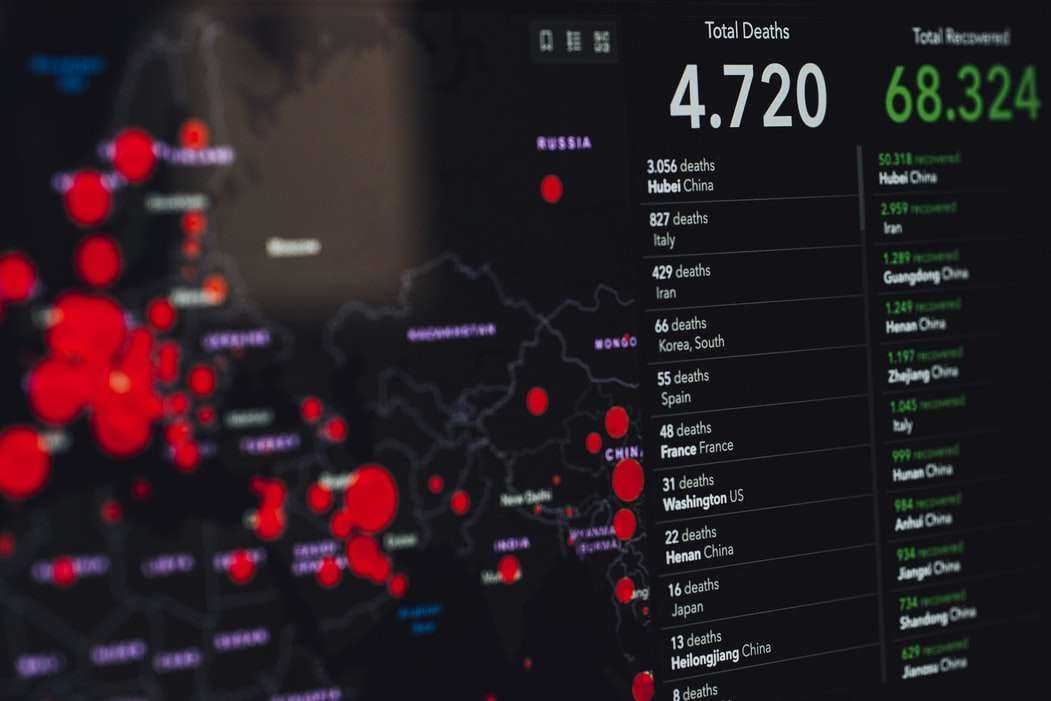on
BY SIMONE J. SMITH
“When lives are at stake, it is better to err on the side of overreaction than under reaction,” CDC Director David Sencer (1976)
They say that hindsight is 20/20. Sometimes that works out well, but the majority of the time, our hindsight can be a painful reminder that there was something that could have been done differently that was not.
This pandemic has forced me to research and learn more about how the government handles global crises, and if they have learned from the mistakes of their past. What I have found is that history continues to repeat itself, and at the detriment of the global population.
We are all familiar with the dreaded Swine Flu of 1918 that infected an approximate 500 million people worldwide. In 1976, it was reported that the Swine Flu was once again going to make a re-appearance, and the U.S. Secretary of Health, Education and Welfare F. David Mathews projected one million Americans would die in the 1976 flu season unless action was taken. With fears that this would once again be another pandemic, CDC Director David Sencer recommended an unprecedented plan: a mass vaccination of U.S. citizens.
This was the thing; there were no other swine flu cases that had been detected outside Fort Dix, but the CDC advocated a better-safe-than-sorry approach. “The administration can tolerate unnecessary health expenditures better than unnecessary deaths and illness,” the CDC Director wrote in a memo.
President Ford announced his support of the mass immunization plan at a press conference, backed up by polio vaccine developers Jonas Salk and Albert Sabin. “No one knows how serious this threat could be. Nevertheless, we cannot afford to take a chance with the health of our nation,” President Ford stated.
Under the National Swine Flu Immunization Program, the federal government planned the largest immunization campaign in American history, even more ambitious than the prior polio vaccination drive, but problems plagued the program from the start. One of the drug companies produced two million vaccine doses with the wrong viral strain, and insurance companies refused coverage for vaccine makers in the case of inevitable adverse reactions.
Just like what we are seeing with the COVID-19 vaccine, public service advertisements urged citizens to take the vaccine, and millions of Americans rolled up their sleeves. The United States government noted that the shot “May mean a few sore arms,” but the press reported the possibility of much worse consequences after three senior citizens died of heart attacks shortly after receiving vaccinations at a Pittsburgh clinic.
Investigations were carried out, and it was determined that there was no connection between the deaths and the vaccine. Regardless, a number of states temporarily suspended the program.
Just like our Prime Minister Justin Trudeau, and many other world leaders have done, President Ford took pictures getting vaccinated in hopes of rallying support. Once again, public confidence was shaken when dozens of vaccine recipients were diagnosed with Guillain-Barré syndrome, a rare neurological disorder causing muscle weakness, tingling in the extremities and paralysis.
After all of the media attention, advertising and propaganda, the immunization program turned out to be unnecessary when a repeat of 1918 or even 1957 or 1968 never materialized. “When lives are at stake, it is better to err on the side of overreaction than under reaction,” wrote Millar and Sencer, who lost his job months later.
“There has never been a case like this before. The victims of this vaccine have an incurable and lifelong condition and will require extensive medication.” (Peter Todd, Lawyer for Victims of Vaccine)
Let’s fast forward to 2009. In an article written by Peter Doshi called “The elusive definition of pandemic influenza,” he reports that in 2009, governments throughout the world mounted large and costly responses to the H1N1 influenza outbreak.
The efforts were largely justified on the premise that H1N1 influenza and seasonal influenza required different management – similar to COVID-19 – a premise reinforced by the decision on the part of the World Health Organization (WHO) to label the H1N1 influenza outbreak a “pandemic.”
However, the outbreak had far less serious consequences than experts had predicted. This fact led many to wonder if the public health responses to H1N1 had not been unnecessary, and if indeed they had overreacted. In addition, concern over ties between WHO advisers and industry-fuelled suspicion about the independence and appropriateness of the decisions made at the national and international levels.
What the alarming question has been is whether H1N1 influenza should have been labelled a “pandemic” at all. The Council of Europe voiced serious concerns that the declaration of a pandemic became possible only after WHO changed its definition of pandemic influenza. I will be honest, I didn’t even know that the definition had been changed, and this made me want to dig a little more.
Stay in the loop with exclusive news, stories, and insights—delivered straight to your inbox. No fluff, just real content that matters. Sign up today!
We share the road and the responsibility













